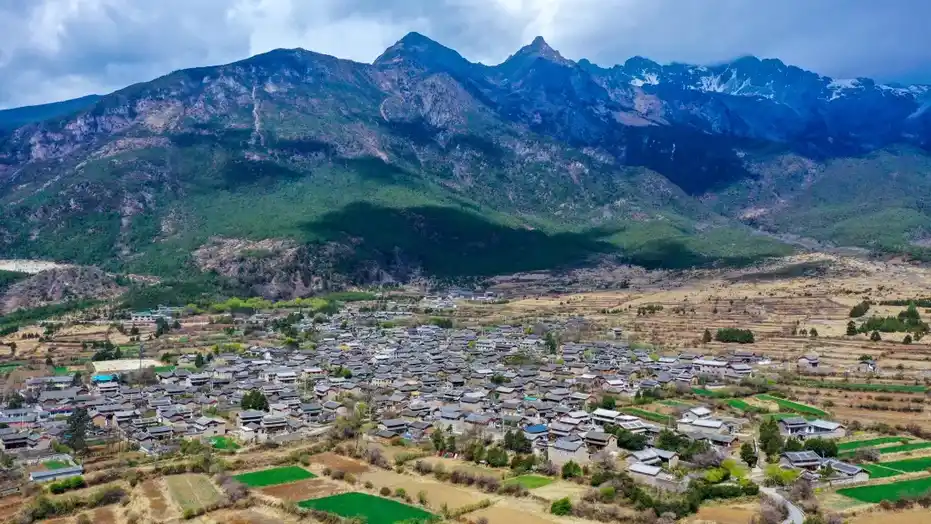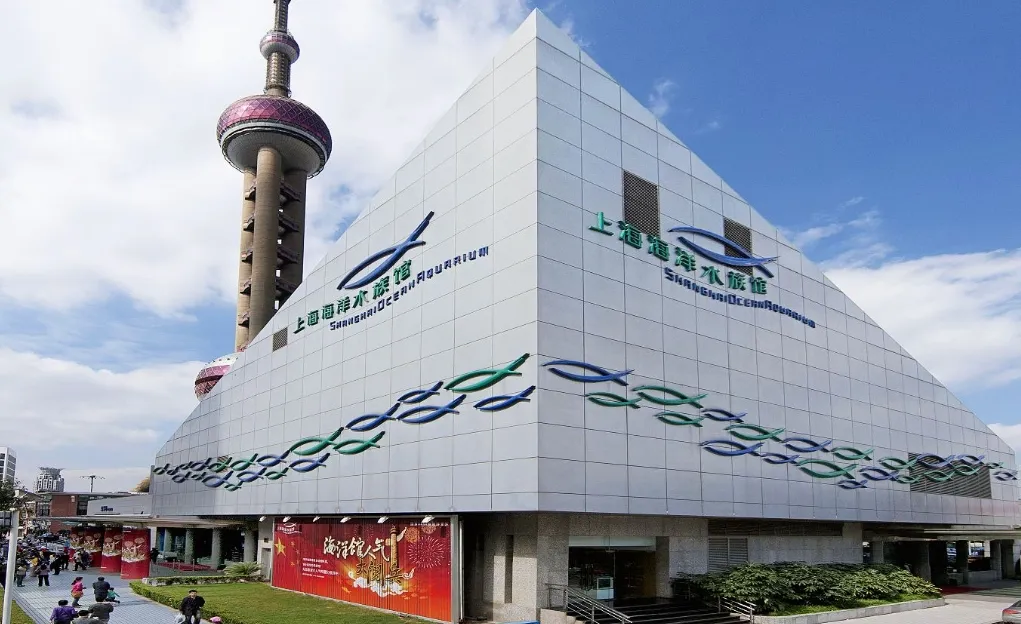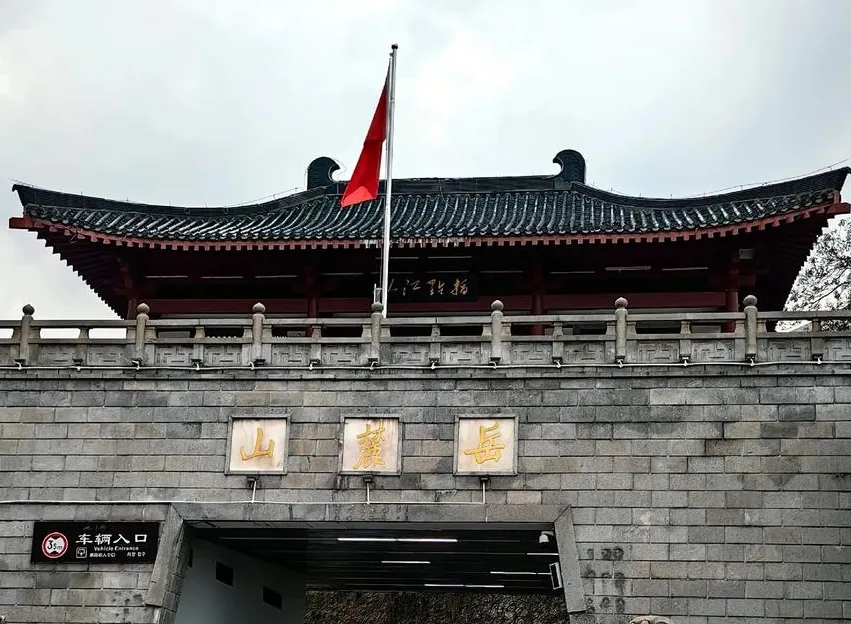Introduction: A Hidden Gem in the Heart of Rural China
Tucked away in the lush countryside of China lies a destination few travelers know about. Xuesong Village is not on most tourist maps, yet it offers a rare blend of natural beauty, cultural heritage, and authentic rural life.
This quiet village provides a peaceful escape from the noise of modern cities. Here, time moves slowly, and traditions are preserved with pride.
In this guide, we’ll explore what makes Xuesong Village a must-visit location for travelers seeking authenticity. From scenic landscapes to local customs, you’ll discover why this hidden gem deserves a spot on your travel list.
Whether you’re a nature lover, a culture enthusiast, or simply in search of tranquility, Xuesong Village has something unique to offer. Let’s begin the journey.
Why Xuesong Village Stands Out Among Rural Destinations
Many rural villages in China share similar traits—rolling hills, rice fields, and traditional architecture. But Xuesong Village stands apart for several reasons.
First, its location offers a perfect balance between accessibility and seclusion. It’s not too far from major transport routes, yet feels worlds away from urban life.
Second, the community remains deeply rooted in its heritage. Unlike places that have been commercialized for tourism, Xuesong Village maintains its authenticity.
Locals still practice age-old farming methods and celebrate seasonal festivals with genuine enthusiasm. Visitors are welcomed not as customers, but as guests.
This sense of sincerity creates a powerful emotional connection. You don’t just observe the culture—you experience it.
For travelers seeking meaningful connections and unfiltered experiences, Xuesong Village is a standout choice.
How to Get to Xuesong Village: Travel Tips and Routes
Reaching Xuesong Village requires a bit of planning, but the journey is part of the adventure.
The nearest major city is approximately 120 kilometers away. From there, you can take a regional bus or hire a private car.
Public transportation options are limited, so it’s best to check local schedules in advance. Some travelers prefer to rent a scooter or bicycle for the final leg, especially during mild weather.
Here’s a quick overview of travel options:
- By Car: Most flexible option; parking available near village entrance
- By Bus: Affordable but infrequent; confirm departure times early
- By Train + Taxi: Reach the nearest rail station, then take a 30-minute taxi ride
Keep in mind that road signs may not always be in English. Downloading an offline map or using a local navigation app is highly recommended.
The best time to travel is spring or autumn, when weather is mild and landscapes are at their most vibrant.
Exploring the Natural Beauty Around Xuesong Village
The area surrounding Xuesong Village is a paradise for nature lovers. Rolling hills, clear streams, and terraced fields create a picturesque landscape year-round.
One of the most popular spots is the East Ridge Trail, a gentle path that winds through bamboo forests and offers panoramic views. Hikers of all levels can enjoy this route, which takes about two hours round-trip.
Spring brings blooming wildflowers, while autumn paints the hills in golden hues. Birdwatchers may spot kingfishers, pheasants, and even rare migratory species near the wetlands.
A small river runs through the village, perfect for a peaceful afternoon by the water. Children often play along the banks, and elders sit under shade trees, enjoying the cool breeze.
For those who love photography, sunrise over the valley is a magical moment. Mist rises from the fields, and the first light bathes the rooftops in soft gold.
Nature here isn’t just scenic—it’s alive, breathing, and deeply connected to daily life.
Cultural Experiences You Can’t Miss in the Village
Culture in Xuesong Village is not performed for tourists—it’s lived every day. Still, visitors are warmly invited to take part in local traditions.
One highlight is the annual Harvest Festival, usually held in late September. The entire village comes together to celebrate with music, dancing, and a communal meal.
Guests are encouraged to join in folk dances or try their hand at traditional crafts like bamboo weaving and paper cutting.
Another unique experience is the tea ceremony hosted by elder villagers. Using locally grown leaves, they demonstrate the art of slow brewing, explaining the history behind each step.
You can also participate in a home-cooked meal with a local family. Dishes are made from ingredients grown in their gardens—fresh vegetables, free-range eggs, and handmade tofu.
These interactions go beyond sightseeing. They create lasting memories and a deeper understanding of rural Chinese life.
Where to Stay: Accommodation Options Near Xuesong Village
While Xuesong Village doesn’t have large hotels, it offers charming and comfortable lodging options.
The most popular choice is homestay accommodation. Local families open their homes to guests, providing clean rooms and home-cooked meals. These stays often include cultural activities, such as cooking lessons or farm visits.
For more privacy, several eco-friendly guesthouses have opened in recent years. Built with sustainable materials, they blend into the natural surroundings while offering modern comforts like Wi-Fi and hot water.
Here’s a comparison of common lodging types:
| Accommodation Type | Price Range (per night) | Best For |
|---|---|---|
| Homestay | $15–$25 | Cultural immersion |
| Eco-Guesthouse | $30–$50 | Comfort & sustainability |
| Camping (designated area) | $5–$10 | Adventure travelers |
Booking in advance is recommended, especially during festival seasons. Most hosts respond to emails or messages via messaging apps.
Local Cuisine: Flavors of the Countryside
Food in Xuesong Village reflects the simplicity and richness of rural life. Meals are seasonal, plant-based, and centered around what’s grown locally.
Staples include steamed rice, pickled vegetables, and stir-fried greens. Pork and chicken are used sparingly, often reserved for special occasions.
One must-try dish is *nongjiale*—a hearty stew made with root vegetables, tofu, and smoked meat. It’s slow-cooked in a clay pot and served with hot rice.
Another favorite is bamboo tube rice, where glutinous rice is cooked inside fresh bamboo segments over an open flame. The result is fragrant, slightly smoky, and utterly delicious.
Breakfast often includes sweet potato porridge and steamed buns. For snacks, look for roasted sunflower seeds or homemade rice cakes sold at small roadside stands.
Dining here is not just about taste—it’s about connection. Every meal tells a story of the land and the people who tend it.
Responsible Tourism: How to Visit Respectfully
As Xuesong Village gains attention, it’s essential to visit with care and respect.
This is not a theme park—it’s a living community. Simple actions can make a big difference in preserving its charm.
Always ask permission before taking photos of people. Avoid loud behavior, especially in quiet residential areas.
Carry a reusable water bottle and avoid single-use plastics. Waste management systems are limited, so minimizing trash is crucial.
Support the local economy by buying handmade goods directly from artisans and eating at family-run eateries.
If you’re visiting during a festival, follow local customs. Dress modestly and participate with humility.
By traveling responsibly, you help ensure that Xuesong Village remains authentic and welcoming for future generations.
Seasonal Highlights: When to Plan Your Visit
Each season in Xuesong Village offers a different experience. Choosing the right time depends on your interests.
Spring (March–May) is ideal for nature lovers. The fields turn green, flowers bloom, and temperatures are mild. It’s also planting season, so you might witness traditional farming methods.
Summer (June–August) is warm and humid. While it’s less crowded, be prepared for afternoon rains. This is a good time for indoor activities like craft workshops or tea tastings.
Autumn (September–November) is harvest season. The air is crisp, and the landscape glows in warm tones. The Harvest Festival makes this a particularly lively time to visit.
Winter (December–February) is quiet and serene. Snow occasionally dusts the rooftops, creating a peaceful, almost magical atmosphere. Fewer tourists mean more intimate interactions with locals.
No matter when you go, each season reveals a different side of village life.
Conclusion: Why Xuesong Village Should Be on Your Travel List
Xuesong Village is more than just a destination—it’s an experience.
It offers a rare chance to slow down, connect with nature, and engage with a community that values tradition and hospitality.
From scenic hikes to cultural immersion, every moment here feels meaningful.
As global travel trends shift toward authenticity and sustainability, places like Xuesong Village are gaining well-deserved attention.
If you’re looking to step off the beaten path and discover the heart of rural China, this village is a perfect choice.
Plan your visit thoughtfully, travel with respect, and leave with memories that last a lifetime. Xuesong Village isn’t just a place on a map—it’s a story waiting to be lived.



